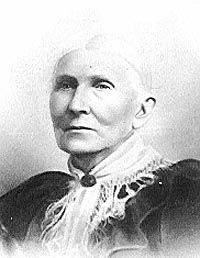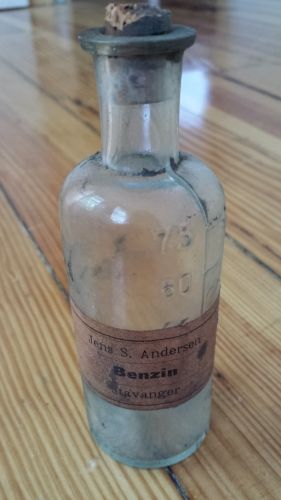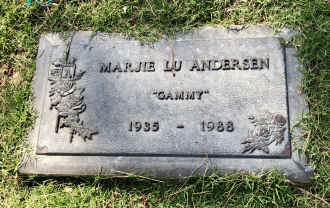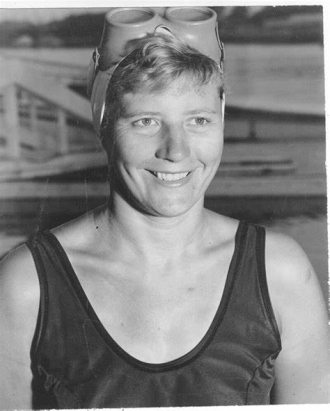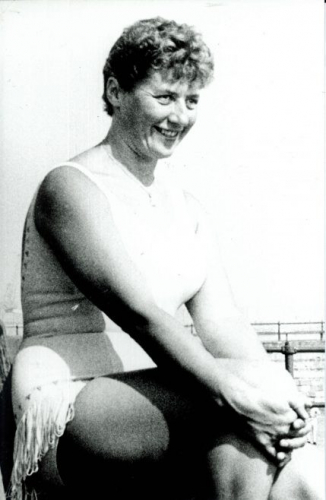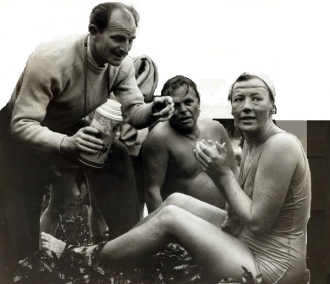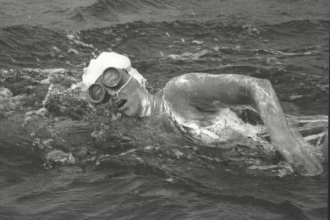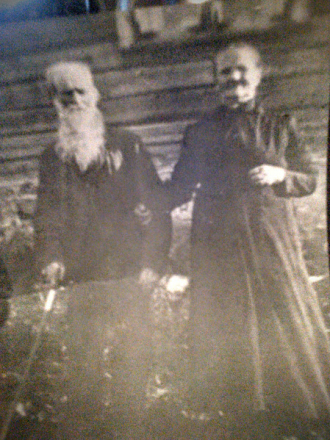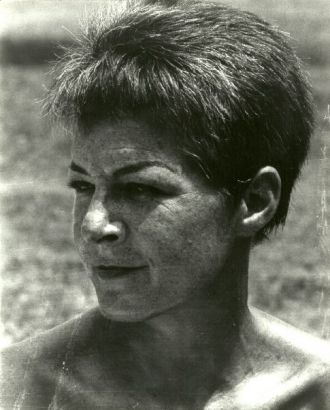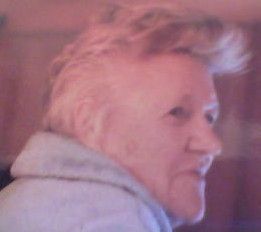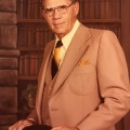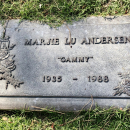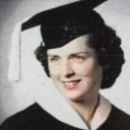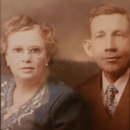Andersen Family History & Genealogy
Andersen Last Name History & Origin
AddHistory
We don't have any information on the history of the Andersen name. Have information to share?
Name Origin
We don't have any information on the origins of the Andersen name. Have information to share?
Spellings & Pronunciations
We don't have any alternate spellings or pronunciation information on the Andersen name. Have information to share?
Nationality & Ethnicity
We don't have any information on the nationality / ethnicity of the Andersen name. Have information to share?
Famous People named Andersen
Are there famous people from the Andersen family? Share their story.
Early Andersens
These are the earliest records we have of the Andersen family.

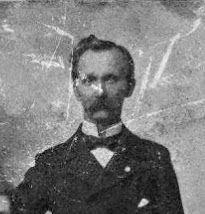

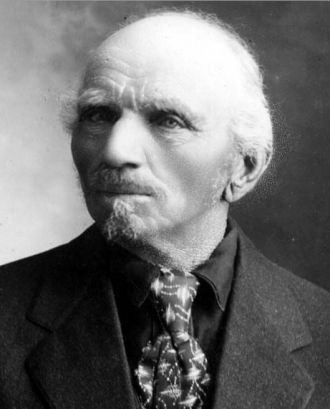

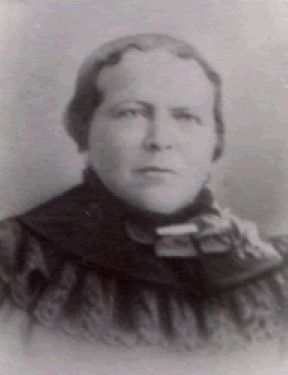

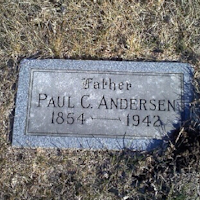



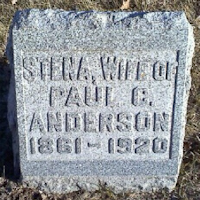
Andersen Family Members
Andersen Family Photos
Discover Andersen family photos shared by the community. These photos contain people and places related to the Andersen last name.

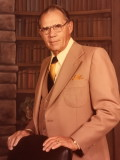
Andersen Family Tree
Discover the most common names, oldest records and life expectancy of people with the last name Andersen.
Updated Andersen Biographies

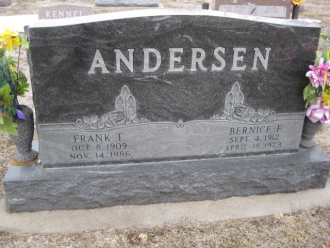

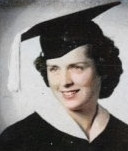

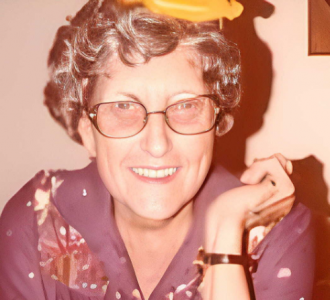

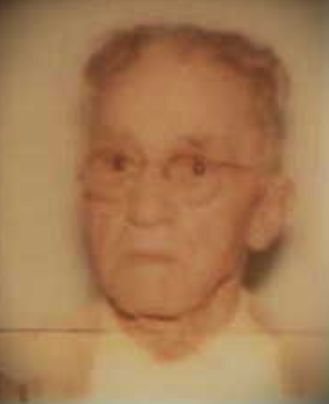

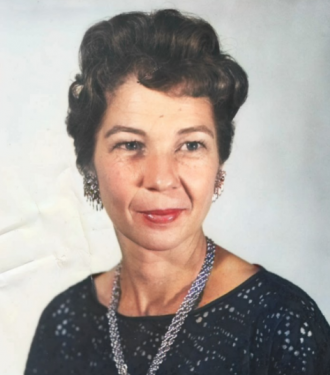



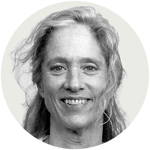




Popular Andersen Biographies



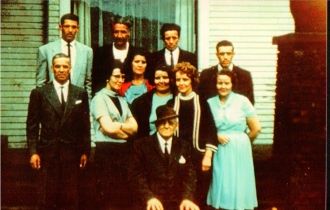

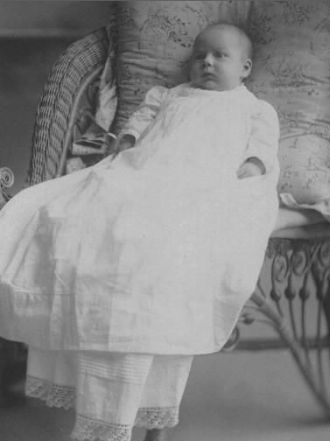

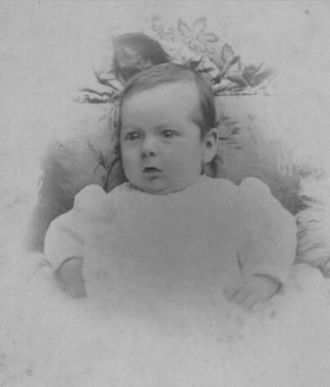





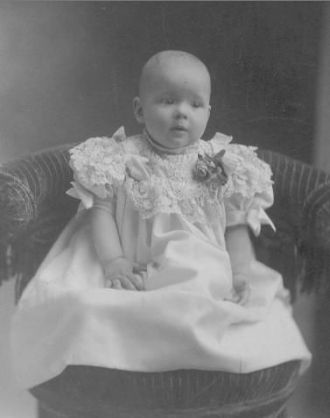

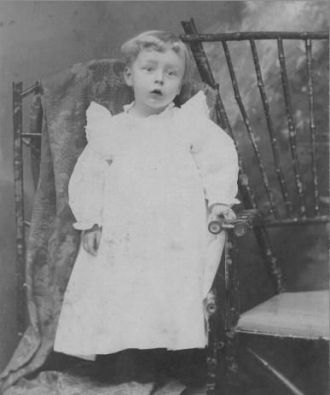

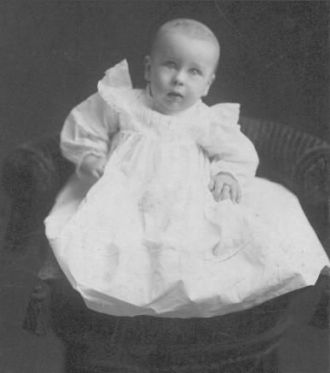

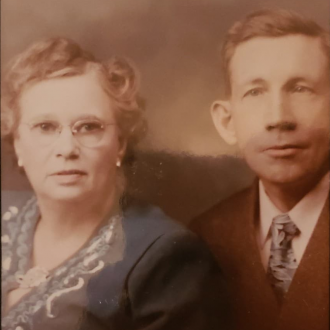









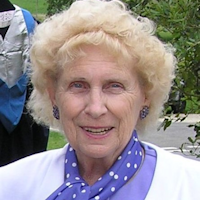


Andersen Death Records & Life Expectancy
The average age of a Andersen family member is 75.0 years old according to our database of 14,051 people with the last name Andersen that have a birth and death date listed.
Life Expectancy
Oldest Andersens
These are the longest-lived members of the Andersen family on AncientFaces.
Other Andersen Records
Share memories about your Andersen family
Leave comments and ask questions related to the Andersen family.
Anna Maria Andersen was born 14 July 1848 in Aarhus, Denmark. She was the third daughter of Anders Andersen and Christine Rasmussen. The family consisted of three daughters and two sons; Dorthea, Marie, Anna, Rasmus, and James. The father, Anders, died when Anna Maria was very young.
The family, after hearing the elder Mormons speak, became converted to the gospel about 1865 or 1866. They immediately began making plans to come to Utah. The two young boys were sent first. They had a very rough time. They did not know the English language and had very few clothes. They were often barefoot in the snow while walking across the plains. When they arrived in Utah they hired out to farmers to do what ever kind of work available. They both eventually settled in Cache County where they married and raised their families.
When Anna Maria had finished the seven years of schooling, she worked as a maid and cook in the home of the Crown Prince of Aarhus. Here she labored in the kitchen from morning until night. She was of slight build, about five feet tall, with blue gray eyes and beautiful dark hair which she kept in large braids coiled around the back of her head. She was a quiet, gentle person, polite and refined. People had said her personality was felt rather than seen. In 1866, when she was 19 years of age, she was baptized into the Mormon Church by D. K. Hansen and confirmed by Elder Iverson.
Anna Maria and her sister Marie, five years older, joined the company that left Liverpool 21 June 1867. There were 482 people aboard, one of whom was Hans Peter Rasmussen. Because he lacked money for good accommodations they had to travel third class on the lower deck, and were very crowded. They reached New York Harbor on July 4th, just in time to see the great spectacle of fireworks bursting over Brooklyn Bridge at night. From there they went to the immigration center at Ellis Island to be processed. After a long train trip they arrived in Omaha, Nebraska, then continued on to North Platte where the ox teams and wagons were set up. The cost of Anna’s immigration, $150 was paid for by C. K. Hansen. Her belonging were kept in her old immigration box which was held in the wagon of Mr. Hansen. Marie rode most of the way because she had a lame hip. But Anna walked the entire 1000 miles across the plains to Utah. Three of Brigham Young’s sons, returning from Missions to England were also in this company.
The wagon company began its journey on August 6th and traveled for two months. The women gathered “Buffalo Chips” in their aprons to make the fire for cooking when they camped at night. The wagon company had no great troubles compared to the handcart companies and some of their earlier groups that were overtaken by winter weather. Although Anna and Marie did not suffer the bitter cold and death of some pioneers, the blazing sun and dry desert were a far cry from the mild weather of the old country.
Hans Peter met while crossing the plains. It was the first and only love for both of them. In the evening when the wagons were arranged in a circle, with the wagon tongues propped up, they would sit on the tongue and talk. He would play his violin until Marie would call Anna to come back to bed so they could get enough rest before continuing the long trek the next day. Thus began their courtship.
The companies reached the Salt Lake Valley 5 October 1867. Many of them had bought their oxen and wagons at North Platte. As was the custom, the settlers met them and took them into their homes and on the farms to work and get established. Hans Peter worked on farms and on the railroad then being constructed. The railroad was finished in 1869. Those who came after that were no longer called Pioneers.
Anna Maria lived in Farmington, a few miles north of Salt Lake City, with a family by the name of White. The girls in this family were very good to her and helped her to learn the English language. The men with whom Hans Peter worked told him that if he expected to marry Anna, he had better go to Farmington and do so before someone else got her. So he walked all the way to where she lived and they were married by Bishop Hess of Farmington in October, 1867, a couple of weeks after their arrival in Utah. They soon acquired some land and built a small house with a dirt floor. Anna did her cooking in the fireplace and all her sewing by hand. Most clothing was made of Linsey Woolsey, a cloth made with spinning wheels and looms by the pioneer women at that time. In this small room their first child, Peter, was born on 14 September 1868.
About a year later in 1869, they left their baby with a neighbor lady and went to the Endowment House in Salt Lake City where they were sealed for time and eternity. As they neared their home after being gone all day, they saw the baby’s face at the window. When he recognized them he bounced up and down, and let them know in now uncertain terms that he was hungry. Anna was so relieved to take him in her arms and feed him. He was a beautiful baby with dark eyes and curly hair. The old Endowment House did not perform the sealing of children to their parents. Peter was sealed to them many years later. The rest of the children were born in the covenant.
The lived on their little piece of land for some time. They had a vegetable garden and some wheat. Hans would haul freight to Colorado in the winter. He had a span of mules and a wagon and would trade his produce for the things needed by his family. Once he brought back a small sewing machine for Anna. She was very pleased.
At one time Lott Smith, another early pioneer, and Hans were driving along in a wagon when they had to cross a railroad track. The train appeared just as they were crossing the track and their mules stopped and refused to budge. Hans used a whip on them and both men yelled and urged to no avail. Just as the train came close the mules gave a lurch and leaped free as the train whizzed by. Hans looked at Brother Smith’s face, which was naturally ruddy. It was now as white as a sheet.
A second child, Christine, was born in Farmington on 2nd March 1870. By this time Hans and Anna realized they need more land for farming in order to live. Most of the land around Farmington had already been taken up by earlier settlers. They knew that San Pete County was largely settled by Scandinavians, many of whom they had met while crossing over from the old country. They decided to join the group. So they packed their belongings in their wagon and journeyed to Manti. They obtained some property in the south part of town and began to settle down and rear their family. Anna was happy in Manti with so many Danish friends. She sang in the Danish choir and Hans played cello in the band. Here five more children were born to them: Anna, on 27 September 1872; Andrew, 18 May 1874; Louise, 8 September 1878; Thorvald, 17 July 1880; and Laura, 16 May 1883.
Hans Peter and Anna were a delightful couple and were known to have a keen sense of humor. They often told of incidents which were very comical, especially when told in Danish. One of these stories was about a military funeral for a soldier who had died. The band played as it followed the remains into the cemetery. The name of the march they played was “Hurrah boys, here we come again.” Anna’s mother came to Utah in 1869. She went to Mount Pleasant, Utah where one of her daughters lived.
Hans and Anna lived in Manti for about eleven years. They were not doing as well financially as Hans thought they should, and since the church authorities encouraged members to expand into Castle Valley, they decided to join a group of families who were leaving to settle in Emery County. So in 1884, the family (now seven children) emigrated to Molen, Utah. They traveled through Salina Canyon to avoid going across the Wasatch Mountains.
The group crossed the Molen Creek, quite a stream at the time. They then proceeded north into a wide open valley with hills and table land around it. They pitched their tents and other shelters. They brought their cows, pigs, chickens, seed, corn, and grain, cuttings of trees to plant, and even stands of bees. After dividing the land into sections of lots and farms, the new settlers proceeded to build houses and obtain ownership under the homestead act. They traveled to the mountains six or eight miles to the west to get logs for building their homes. Then the planted their seeds, their great problem was to dig a canal up to the canyon and divert the water to their farms. Hans took up a farm about two miles from the town in what was called the “Holler”. For many years he had his sons raise very good crops there.
The only means of trade for these settlers was by freighting or trading wheat for a bolt of calico, shoes, molasses, salted fish, thread, some furniture, and other necessities. The trains going through the northern part of Utah were helping to build up the towns in and around Salt Lake City, but Molen was so far away that money was scarce in those days. It was an isolated town and a real pioneer village. Even the Indians refused to stay there because the alkaline water made their families sick. However, the water in the north canal was good and it was hauled in barrels for domestic use.
Three more children were born to Hans and Anna in Molen: William Henry, 8 October 1886; Lillian, 23 June 1889; and Agnes, 7 May 1892. This made ten children in all. Anna had brought all of her babies into the world with only the help of a midwife. Miss Shoemaker was the midwife in Molen. The children were all strong and healthy, for which Hans and Anna were very thankful. The family escaped most of the contagious diseases going around. However, Louise once had scarlet fever and was very sick. Miss Shoemaker swabbed her throat with a solution of Blue Vitrol but refused to giver her any medicine. She got worse day by day until Hans and Anna knelt by her bed and prayed to the Lord to give them wisdom as to what they should do to help her. They got up from there knees and decided to give her a laxative, which had been forbidden as it was not prescribed for that disease. It seemed to work miracles as she became better and was soon well again. They relied upon the Lord to help them in all there troubles.
Hans Peter Rasmussen was ordained Bishop of the Molen ward soon after his arrival there. He held the office for 14 years. As the Bishop he was the leader in all civic and religious affairs, health officer, member of the school board and home missionary. Meanwhile, towns were growing throughout Emery County. Eventually he was made County Commissioner. Castledale became the County seat. Ferron, three miles west of Molen, grew fast as it was close to the mountains and had much better soil. It also used much of the water flowing from the canyon.
Although the family lived in town during the winter months to be near the one room schoolhouse, they usually moved to the farm in the “Holler” for the summer. Here they had a smaller house and granary, a corral, a duck pond and a garden. Once a terrible cloud burst and flood destroyed almost all of Hans crops. The wheat was heavy and all headed out, but a high wall of muddy water rushed over it. There ruined crop lay flat on the ground. The family tried to cheer Hans by killing and roasting a small pig. A nearby friend, Peter Bell, came with his two small children to offer help. But the damage was done and the following winter was a hard one for Hans and his family. They had some bees and sold the honey. And the boys worked herding sheep to earn a little money.
One summer Hans had a bad case of erysipelas on his face and head. He suffered very much with it. As a result all of his hair fell out. When it grew back it was quite gray.
In spite of the hardships, these people were fun loving and had many pleasant times. The 4th of July was always a time of celebration. And on the 24th of July, pioneer day, the people of the town put on quite a production. The men and women dressed up like early pioneers and Indians, the pioneers riding in wagons along the trail. Then the Indians would stage an attack on the wagon train. A great battle between the pioneers and Indians would then take place. Hans Peter usually took the part of Brigham Young. Hans also played the violin for dances and sometimes his sons would play the harmonica. Anna was president of the Relief Society and served the people in that capacity for some time.
Threshing time was exciting for the children. The threshing crew, machine and horsepower would move from farm to farm until all the farmers had their grain threshed. Several teams of horses would go around in a circle to run the machinery.
Hans and Anna loved music and they eventually bought an organ for their home. In the evenings Agnes and Lillian would coax their father to play the violin while they sat in the old rocking chair and rocked together. The schoolteacher, George Weggland from Salt Lake City, taught Louise and Laura to play the organ, and they plated the Hymns at church. Mr. Weggland was a very good teacher; he took an interest in the town and did much to improve the social life there. He canvassed Molen and also Ferron to raise enough money to buy an organ for the little church.
One summer day in the late 90's two men on horseback rode onto Han's farm and asked permission to stay for about a week. Han's wife Anna gave them permission to sleep in the stable. They were polite and well mannered. They had good horses, saddles, and were well dressed in Western-style clothing. They gave their names as Gillis and Fowler. Anna became a little suspicious, for one of the men would sleep all day while the other one stayed on guard. Then the Desert News arrived with large headlines about a payroll robbery at Helper, Utah. The train had come in from the East carrying $60,000 to pay the miners in Carbon County. As the train stopped people crowded around. The baggage man handed the payroll satchel to a Chinese man to take into the depot. Then two strangers stepped up. They tapped him on the head with a gun and said, "drop that." They took the satchel and rode off. They rode south over the desert directly to Rasmussen's home, an ideal place for a hideout. Now Hans and Anna knew. Anna left the newspaper on the table for the strangers to read. As the two men read the paper the family heard them chuckling about it. They stayed on for another two or three days. Hans wisely did nothing as he wanted no trouble. The men rode off with a third man with their supplies. Their real names were Joe Moarty, Jack Moran and Butch Cassidy. Hans and his family had something to talk about for a long time. These men were notorious outlaws.
By the end of World War 1 Molen was diminishing in population. The original settlers passed away one by one and their children moved away. Hans and Anna had sold their farm and bought a home in Ferron in 1907. Here, in retirement, they enjoyed the ease and comfort they had worked so long to achieve, Anna declined in health and passed away in 1918. Hans did in 1921. His last words were “I know the gospel is true,” they were survived by all of their ten children.
Followers & Sources


